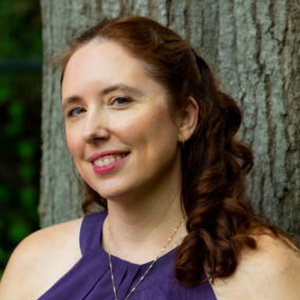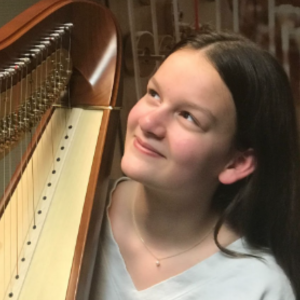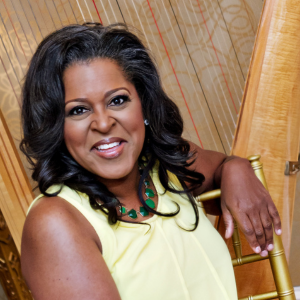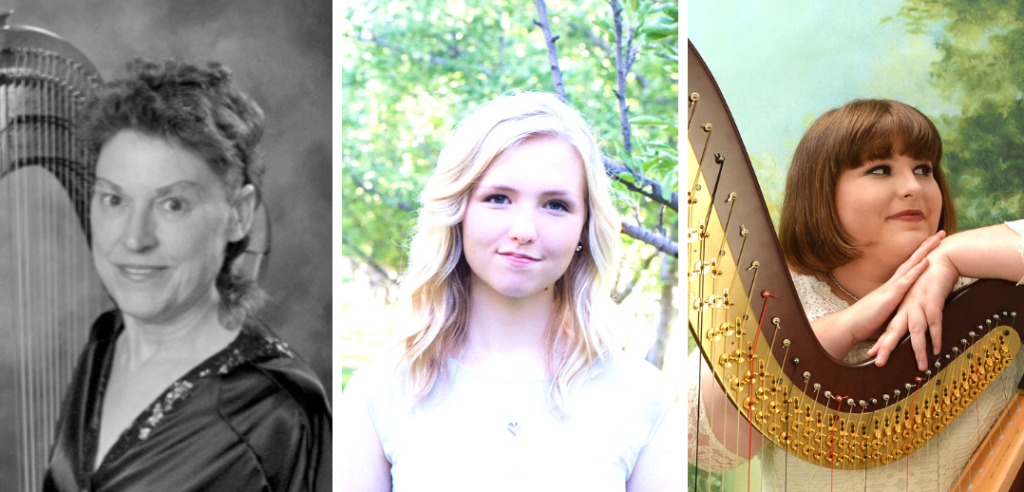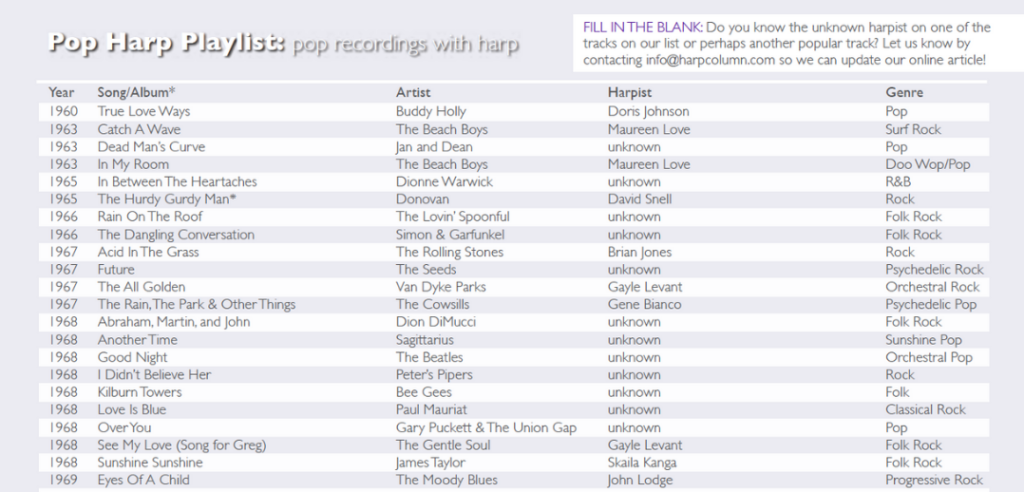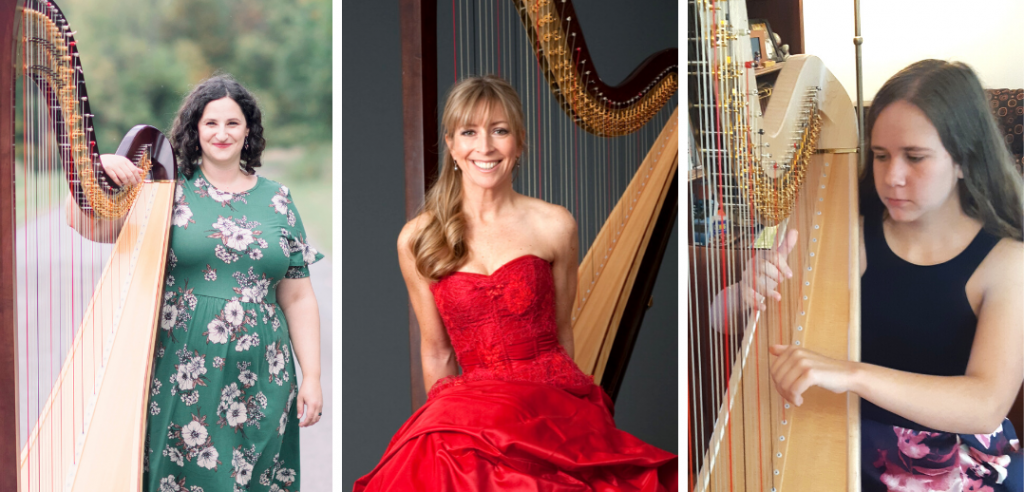This story is part of the feature article Teacher’s Pet in this issue.
While compiling the list of repertoire recommended by our master teachers as their favorites to teach, I noticed several intriguing trends. Many teachers approached sharing their favorites from the perspective of guiding their students on a journey through their technical and musical development. Some listed their choices in a linear curriculum, expressly pointing out how one piece prepares students for the next. All of the teachers commented time and again about building technique, challenging one’s limits, the ability to express oneself at the instrument, and finding the music beautiful or rewarding to play.
Also interesting to note, all of the teachers were approached for this story separately with no knowledge about who else was interviewed. Yet, many of them replied with the same pieces as their favorites. It is thrilling to see teachers from different backgrounds share a love for the same music. I especially enjoyed hearing both Lynne Aspnes and Nicole Brady talking about Salzedo’s Variations on a Theme in Ancient Style which Brady studied with Aspnes. Their mutual enthusiasm supports my opinion that students often love a piece, especially a challenging one, because their teachers love it.
Many of our teachers incorporate 20th century works in their favorites, but the most recent works any of our sources include are from the 1970s and ’80s. Not a single work written in the past 25 years made it to their top favorites. It is striking how so many of the pieces on this list are standard repertoire, performed in countless recitals and recorded numerous times. Perhaps this is because favorites by their nature tend to be things we are familiar with and have known for a while. Conceivably we are more attached because of the sentimental value we place on music we learned in our youth. Possibly we love a piece because we’ve taught it for many years and shared in the joy with countless students as they excel and flourish. In any case, knowing, becoming comfortable with, and loving a piece is a process that takes time.
Another theory that may also account for the standard heavy list is that teaching can be driven by the repertoire chosen for competitions. A majority of the intermediate and advanced pieces our teachers enumerate are also past American Harp Society National Competition repertoire selections. You may also recognize required pieces from past international competitions like Israel and the USA International Harp Competition. While most national and international competitions do make a serious effort to include newer works by living composers in their required repertoire, can the same be said for the state and local competition repertoire that many young harpists must adhere to in their studies?
Do you see your favorites here? What do you think is missing? Leave your comments on the article page.






